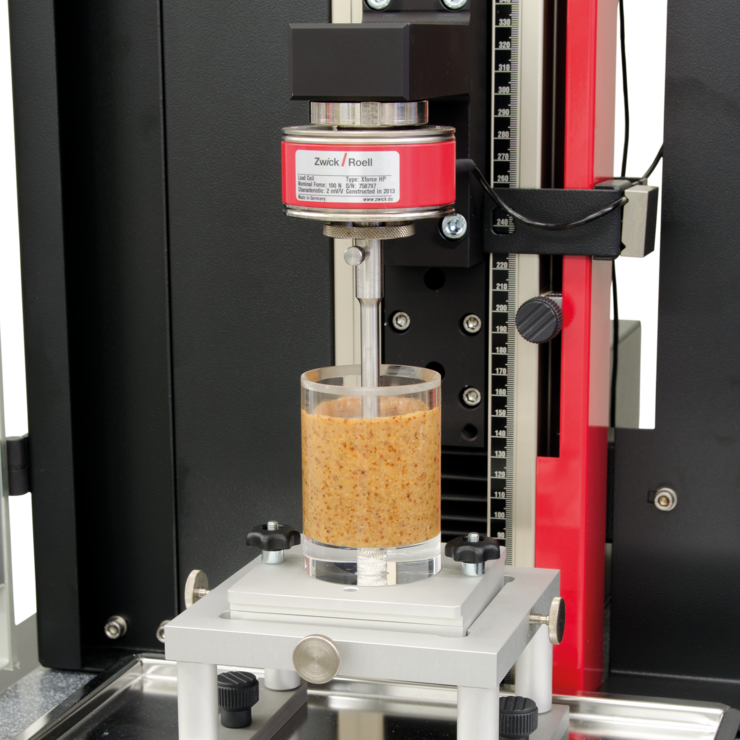

Theory and experiment were found to be in excellent agreement. As a test of the theory, the relationship between in vivo stresses and the depth of incisal penetration, measured during bites on seven 'snack' foods by 10 subjects, and food properties established from mechanical testing, was investigated. This quantity should be approximately equal to the product of the stress at cracking during a bite, and the square root of the length of a notch or indentation from which that crack initiates. It is predicted that the resistance of foods with an essentially linear elastic response to an initial bite by the incisors will depend on the square root of the product of two food properties, Young's modulus and toughness. What happens when you warm up honey? With this science activity, families measure and compare the viscosity of different household liquids by doing a simple drop test and measuring how long it takes a marble to pass through each liquid.An analysis of the action of the incisor teeth in humans is presented in terms of the fracture of food particles. Viscosity is a property that can be changed, however. When honey is cold, it may be very slow to flow because its viscosity is high-there is more friction within the liquid that is slowing it down. In this week's chemistry-themed family science activity, families explore viscosity, a property of liquids that is a measure of the friction inside the liquid.

(If you warm it up, it may flow more quickly!) While it may seem like the quality of the honey you are noticing is its "thickness" or "thinness," another way to talk about what you are seeing is to talk about its viscosity. Depending on its temperature, it may be especially slow to flow from the bottle. Have you ever noticed that some liquids are more difficult than others to squeeze from a container? Honey is a great example.


 0 kommentar(er)
0 kommentar(er)
